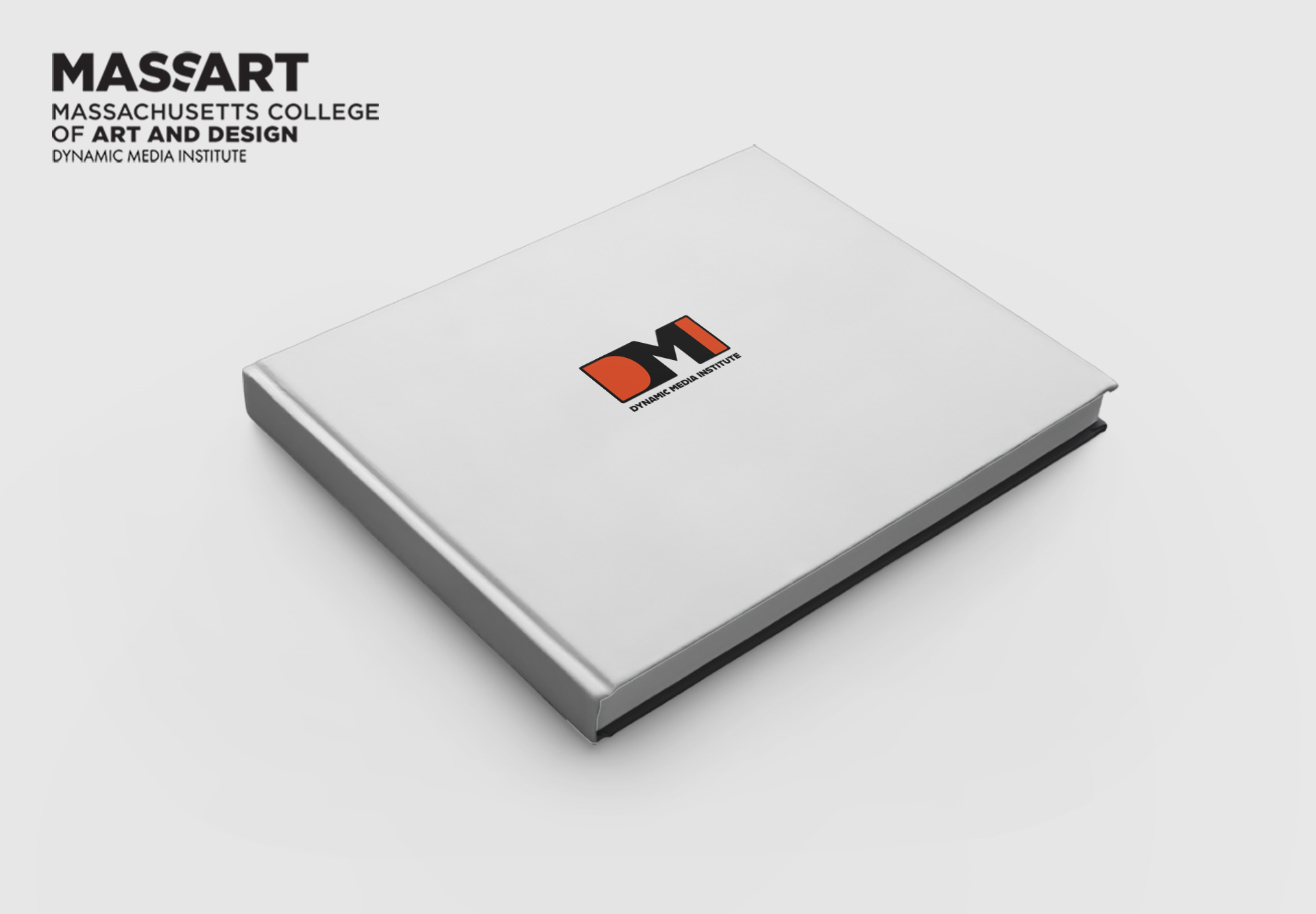Mike Wiggins, MFA ’03
thesis abstract
This thesis investigates interactive media’s capacity to communicate the poetic. “Poetic” meaning the ability of language to communicate abstract and conceptual messages, as opposed to informational language that focuses on objects and their relationships to physical space.
Introduction
Different mediums have unique elements that they use to communicate. Photography uses elements like camera angle, film grain, and focal length as a kind of vocabulary to communicate both informationally and poetically. Poetically speaking, a photographer could use a low camera angle to give the viewer a sense of awe, wonder, or fear. Within the context of interactive media, the obvious examples of this vocabulary are the actions of the mouse (e.g. rollover, click, drag) and the keyboard (e.g. pressing keys, pressing combinations of keys).
One factor that complicates interactive media is that the vocabulary of previous mediums are being consolidated in the interactive environment. We are currently dealing with a host of old elements compounded by an entire new set. Taking the elements of film out of a theater and placing them within interactive media fundamentally changes their communicative properties. For example, the vocabulary of sound is a common element to both the cinema and the stage, but the use of silence communicates differently within both of these mediums. Silence within the cinema is a dramatic tool that can be used to punctuate a moment, but silence within a play is interpreted very differently.
Why is it important for designers to understand how to use the elements of interactive media to communicate the poetic? Designers are often responsible for visually communicating the conceptual characteristics of their clients. A bank has a need to project an image of stability, strength, and safety. It is the designer who must take these concepts and give them visual form in the context of printed materials and signage. The elements of print are used to communicate not only literal messages but also abstract, conceptual messages. As designers come to utilize interactive media they have a responsibility to communicate not only the literal messages of their clients, but also to understand how to use the unique elements of this medium to communicate the abstract and conceptual (i.e. poetic) messages of their clients.
What Am I Not Trying to Accomplish
In an effort to be clear, I will briefly mention a few areas that are outside the scope of this investigation. First, my investigation does not focus on the realm of “informational language”, language that focuses on objects and their relationship to physical space. RL Gregory puts it well in speaking about “thought”:
“Thought is primarily concerned with the properties and potentialities of objects, for it is these that are important for survival. Above all, thought is concerned with predicting the immediate future, and if necessary changing it to avoid disaster or gain reward.” (The Intelligent Eye, 146)
In general, our everyday lives are centered around informational language; it is our means to functioning in physical space. Examples of this kind of communication are The Farmer’s Almanac, instructional literature, or travel guides.
My Digital Expressions work might be misconstrued as an interest in immersion or simulation. While I have no aversion to using these techniques, my goal is not to re-create in the virtual world what exists in physical space. I do not intend to fool the eye, but rather to inform the mind. IMAX films are amazing immersive experiences, but intellectual participation seems secondary to their general purpose.
The realm of poetic communication is partially comprised of texts that impart moral views (e.g. religious texts, the Koran, the Bible, etc.). All mediums possess large bodies of work concerned with communicating moral points of view, yet while this is a legitimate goal, it is outside the area of my investigation. Certainly it is an impossibility to communicate without imparting a particular perspective, but it is not the objective of this thesis to define the ability of interactive media to communicate moral positions.
Example (Interactive Dialogue)
I would like to outline one of my interactive pieces in order to analyze and assess the elements utilized to communicate on a poetic level. Hopefully this will exemplify many of the concepts and ideas that follow.
The basis of this piece is narrative, but the means to the narrative is an interactive poetic experience. The user is presented with two spaces, the “real” space of the figure (somewhat flat and confined) and the 3D space of the interface (a track that extends into a seemingly endless space, with text anchored to the track). The following is a list of the active characteristics (or active ingredients) within the piece:
- an ambiguous narrative
- a dark off-color figure
- endless 3D space indicated by the red track
- the movement of the track
- the way the text surfaces and fades
- music
Analysis of these characteristics and their combinations may reveal some of their communicative qualities. First, the contrast between the flat, shallow, real space of the figure and the infinite virtual space of the navigation reflects the boundless nature of the narrative and the infinite character of our inner world, or consciousness. It also represents the depth and unpredictability of conversation itself. The text appearing in and out of focus upon arrival and departure employs the language of reality (blur and focus) and reinforces the depth of the virtual space. Also, the way the text emerges from the head of the figure, as if the text (and the path) exists in an intellectual realm, gives the user a sense that he is navigating her subconscious rather than a cold, electronic virtual world. To activate the navigation, the user must interact with the figure by clicking on her face, which again, represents the mental cognition or inner world of the character. Also, the user is being talked to and directly addressed (as the text arrives and departs) by the figure staring at him.
The visual composition, the dynamic qualities of the visual elements, and the actions performed by the user are all designed to reflect the conscious activity that takes place within the mind. In short, this is an effort to communicate poetically using the elements of interactivity.
This document focuses first on the personal historical context of my investigation. What led to my interest in this area of study? What fields of study contributed to my understanding of this area? The focus then shifts to definitions. What do I mean by “poetic communication”? How do I interpret “interactivity”?
After I define my terms, I present the qualities of an interactive experience that I believe important in communicating the poetic. This is followed by a statement on processes and analytical tools that I found helpful in my investigation.


